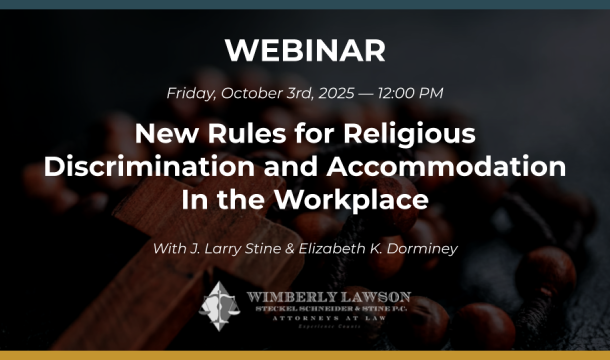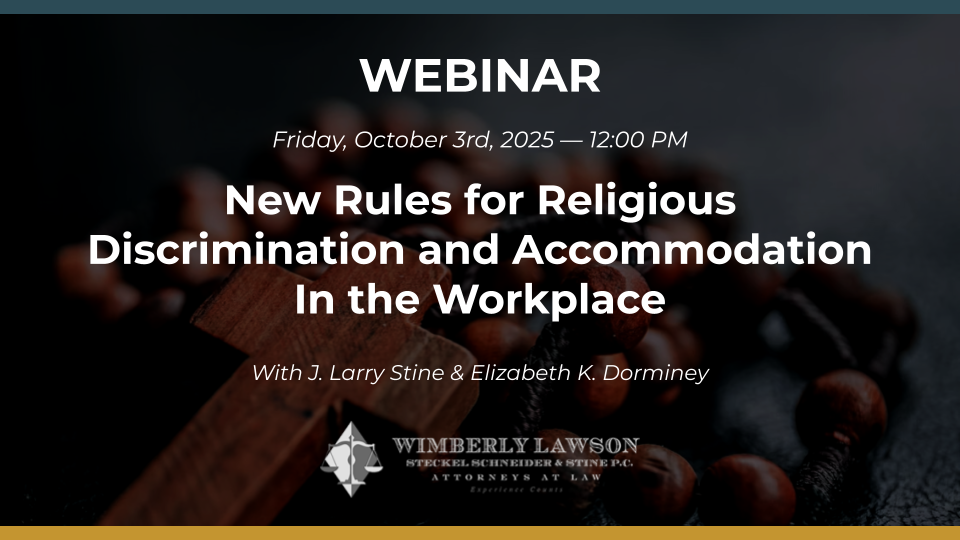EEOC SETS FORTH ITS STRATEGIC ENFORCEMENT PLAN
The EEOC in late December sets forth its strategic enforcement plan for 2013-2016. The Commission has identified priorities for national enforcement including issues that would have broad impact, issues involving developing areas of the law, issues affecting workers who may lack an awareness of their legal protections, and issues that may be best addressed by government enforcement. These criteria resulted in the following national priorities.
1. Eliminating Barriers in Recruitment and Hiring. The EEOC will target class-based recruitment and hiring discrimination and facially neutral recruitment and hiring practices that adversely impact particular racial, ethnic, and religious groups, older workers, women, and people with disabilities. These include exclusionary policies and practices, the channelling/steering of individuals into specific jobs due to their status in a particular group, restrictive application processes, and the use of screening tools (e.g., pre-employment tests, background checks, date-of-birth inquiries).
2. Protecting Immigrant, Migrant and Other Vulnerable Workers. The EEOC will target disparate pay, job segregation, harassment, trafficking and other discriminatory practices and policies affecting immigrant, migrant and other vulnerable workers.
3. Addressing Emerging and Developing Issues. For example, the Commission recognizes that elements of the following issues are emerging or developing:
(a) Certain ADA issues, including coverage, reasonable accommodation, qualification standards, undue hardship, and direct threat;
b) Accommodating pregnancy-related limitations; and
(c) Coverage of lesbian, gay, bi-sexual and transgender individuals under Title VII’s sex discrimination provisions;
4. Enforcing Equal Pay Laws.
5. Preserving Access to the Legal System. These policies or practices include retaliatory actions, overly broad waivers, settlement provisions that prohibit filing charges with the EEOC or providing information to assist in the investigation or prosecution of claims of unlawful discrimination, and failure to retain records required by EEOC regulations.
6. Preventing Harassment Through Systemic Enforcement and Targeted Outreach.
Related Content
Get Email Updates
Recent Content

New Rules for Religious Discrimination and Accommodation In the Workplace

TPS Update (as of 9/3/2025)

DOL To Shut Down OFCCP and Transfer Duties to EEOC

Meaning of Supreme Court Ruling Limiting Nationwide Injunctions in Birthright Case

In Spite of Adminstration Changes, Monitoring of the Workplace Continues to Create Legal Issues

